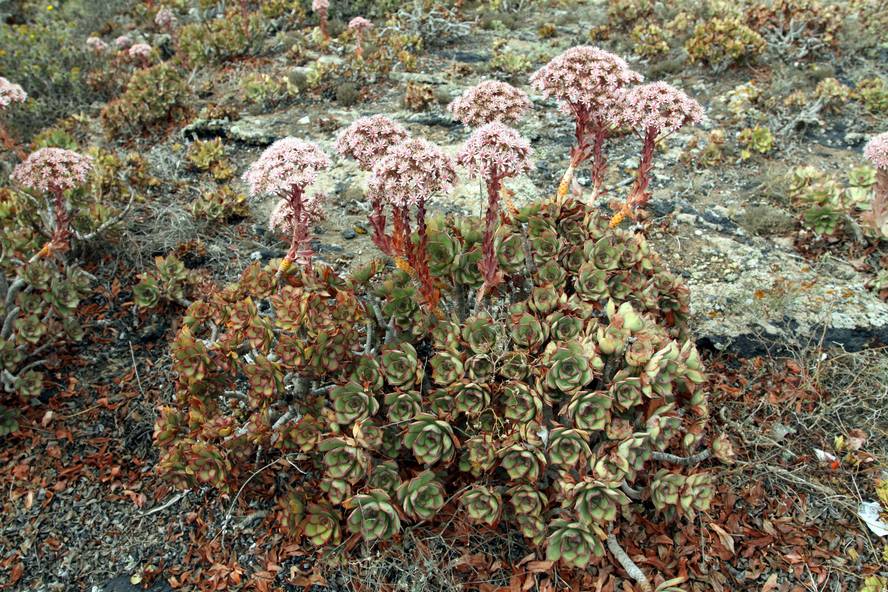Islands are key to protecting the world's endemic plants
Although the islands account for no more than 5 per cent of the earth ' s surface, 31 per cent of all the world ' s plant species inhabit them. This has been demonstrated by a team of international researchers in an article published in the journal Nature. In particular, researchers have analysed more than 304,103 vascular plants and demonstrated the diversity of the islands:The 94,052 species are native to the islands, of which 63,280 are endemic, i.e. they do not live anywhere else.
Vascular plants are the majority of plants on Earth: trees, shrubs, herbs (e.g. grasses) and ferns. They have a vascular system with lignin, unlike mosses and liver (also called non-vascular plants). Thanks to the research that has now been carried out, they can analyze the conservation status of some of the rarest plants and develop conservation strategies based on it.
The geographical isolation of the islands and the climate and the unique areas have, as they have pointed out, led to a high rate of evolution of the new species. For example, around 50 species of the Crassulaceae group have been created in the Canary Islands from a single ancestor. This tribe has subsequently reached the rest of the Macaronesian archipelagos and Africa.
On the other hand, many plants that have evolved in isolation are very vulnerable to climate change. Rising sea levels and extreme climatic phenomena can be very damaging. Data collected will therefore serve to define protection priorities.






